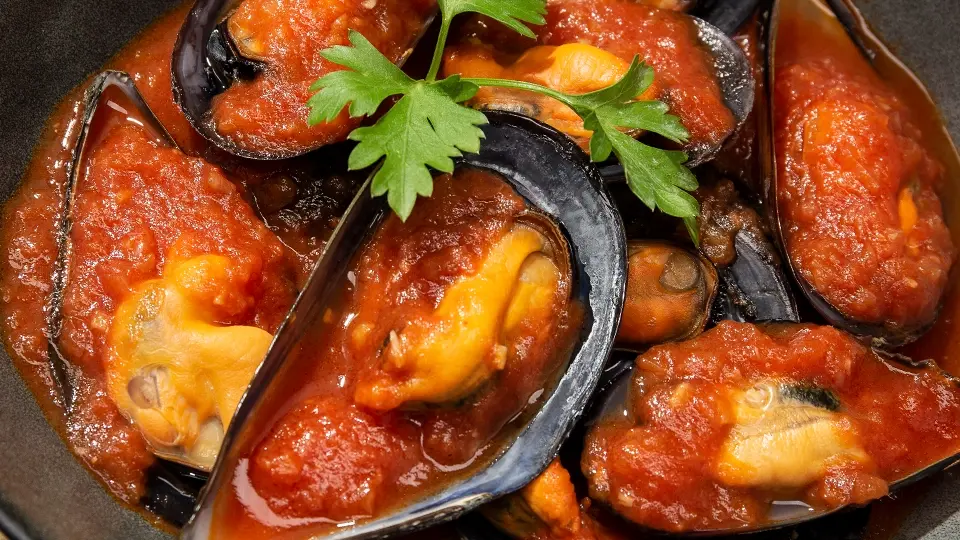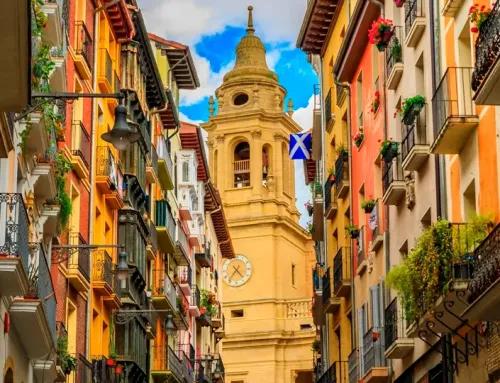Galician food: What are barnacles?
Galicia, nestled in the northwest corner of Spain, is a region where rugged coastlines meet picturesque landscapes. Among its many treasures, Galicia takes pride in its exceptional cuisine, which has a variety of fresh seafood delicacies.
When it comes to Galician food, there is one particular delicacy that captures the attention of locals and visitors alike: barnacles. Come along on a culinary journey as we explore the fascinating world of barnacles and delve into the enticing flavors of Galician cuisine.
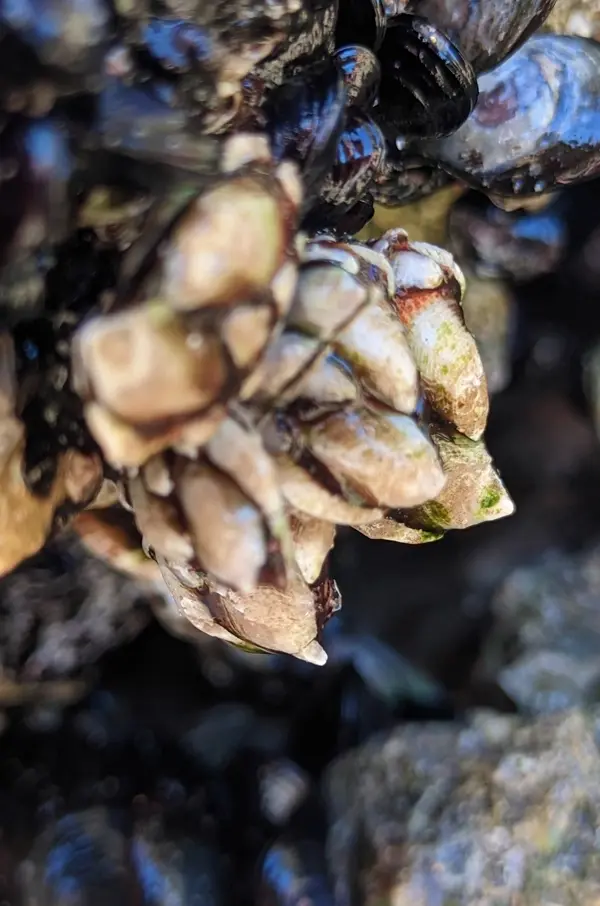
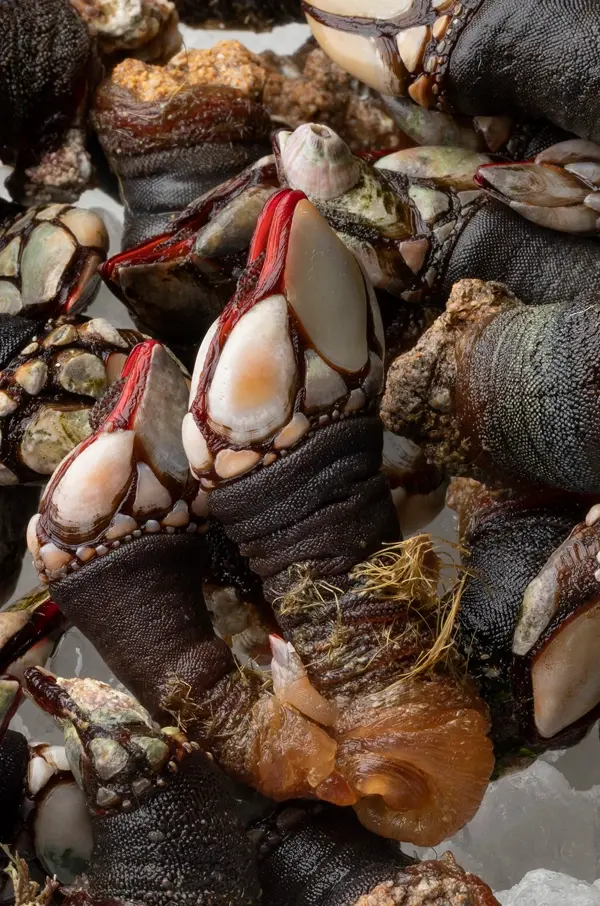
ARE BARNACLES CRUSTACEANS? WHAT ARE BARNACLES?
Ah, barnacles—small creatures that hold a special place in Galician coastal traditions. But what are they exactly?
Barnacles are fascinating crustaceans, with hard shells and a knack for finding their homes along rocky shorelines. These little creatures are closer relatives to crabs and lobsters than they are to mollusks.
Barnacles are characterized by their hard exoskeletons and their unique way of life
DISCOVER BARNACLES
Barnacles thrive by attaching themselves to solid surfaces, such as rocks or ships, using their sturdy shells. They create a protective home for themselves, forming tight-knit clusters. These clusters are commonly referred to as “barnacle beds” or “barnacle reefs”. Within these communities, barnacles feed on microscopic plankton and other organic matter that they filter from the surrounding water.
Contrary to common perception, barnacles are alive. While they may appear motionless, they are living organisms with a unique adaptation for survival. Their hard outer shells provide protection against predators and the challenging oceanic environment.
BARNACLES AND WHALES RELATIONSHIP
Have you ever wondered why do barnacles grow on whales?
Although barnacles are not parasites, their association with whales is a fascinating aspect of their existence. Some species of barnacles, such as the whale barnacle, attach themselves to the skin of whales and other marine mammals.
However, they do not harm the whales in any way. Instead, they benefit from the continuous flow of nutrient-rich water created by the swimming activities of the host animals. It’s a symbiotic bond, where both parties benefit.
BARNACLES ON BOATS
Besides their natural habitat on rocks and whales, barnacles can also be found on boats and other man-made structures submerged in the sea. While their presence on boats may be a nuisance to owners due to potential damage caused by their shells, it is a proof of the resilience and adaptability of these remarkable creatures.

BARNACLES: GALICIA’S CULINARY GEM
In Galicia, barnacles hold a prominent place in the culinary realm. Known in Spanish as “percebes”, they are considered a true delicacy and highly sought after by food enthusiasts.
The process of harvesting barnacles is a demanding and dangerous task due to the treacherous rocky coastlines where they thrive. Harvesters brave the crashing waves and rugged cliffs to carefully collect these culinary gems, ensuring their freshness and quality.
Galician cuisine celebrates the unique flavor and texture of barnacles. They are typically cooked simply, often boiled in seawater to preserve their natural taste. The tender meat inside the shell is rich and succulent, with a delicate balance of sweetness and brininess.
From “pulpo a la gallega” (Galician-style octopus) to empanadas (savory pies) filled with locally sourced ingredients, every dish reflects the region’s passion for food and its deep connection with the sea.
Embark on a heartwarming journey through Galician cuisine: Explore the mystery of barnacles

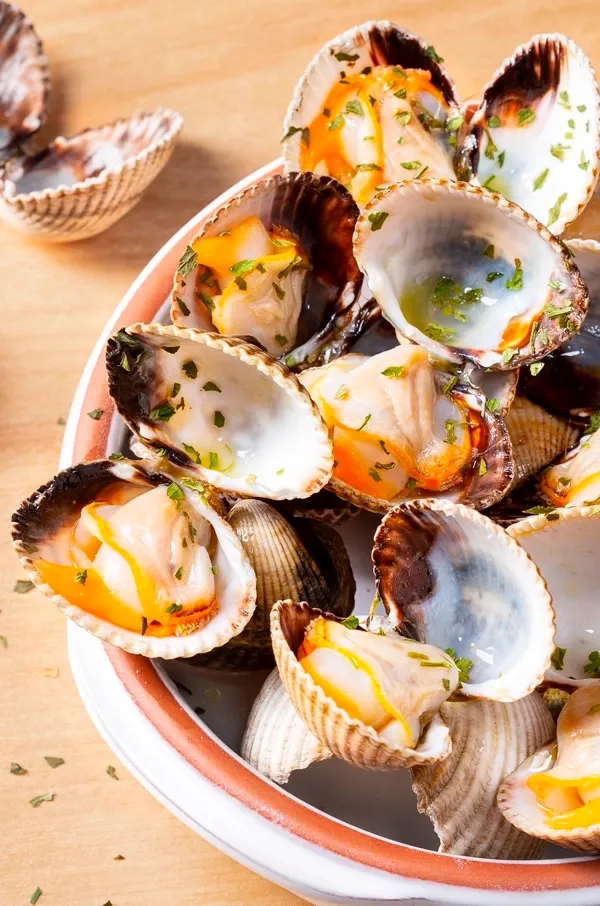
CAN YOU EAT BARNACLES?
Yes, you absolutely can! They are harvested along the rugged Galician coast and are highly sought after for their exquisite taste.
Galicians have mastered the art of transforming barnacles into a culinary delicacy. These delectable treats have captured the hearts—and taste buds—of locals and visitors alike.
The sea’s bounty is a gift to the Galician people, and they celebrate it with passion and pride.
Eating barnacles combines discovering an exotic delicacy with savoring the flavors of the sea
ARE BARNACLES EDIBLE?
Absolutely! Barnacles are not only edible but also highly esteemed in Galicia. Their unique flavor can be described as a delicate combination of brininess and sweetness, making them a true delicacy for seafood enthusiasts.
To fully appreciate the taste, barnacles are traditionally enjoyed simply boiled or steamed, without any additional seasoning. This allows the natural flavors of the sea to shine through, delighting the palate with each succulent bite.
Galicians consider barnacles a true culinary treasure
BARNACLES BAR: A HAVEN OF DELIGHTS
If you’re in search of an authentic Galician dining experience, a visit to a “percebar” or barnacles bar is a must. These establishments specialize in serving barnacles prepared to perfection, offering a true taste of the sea.
Indulge in the pleasure of cracking open the barnacle’s hard shell to reveal the tender meat within, savoring the unique flavors that have made them a true culinary treasure in Galicia.
Step into a world where the aroma of the sea mingles with laughter and conversations, where friends gather to savor the pleasures of life. In a barnacles bar, you’ll find camaraderie, warm smiles, and a true taste of Galicia.
Discover the exquisite delights of Galician cuisine: From barnacles to traditional favorites
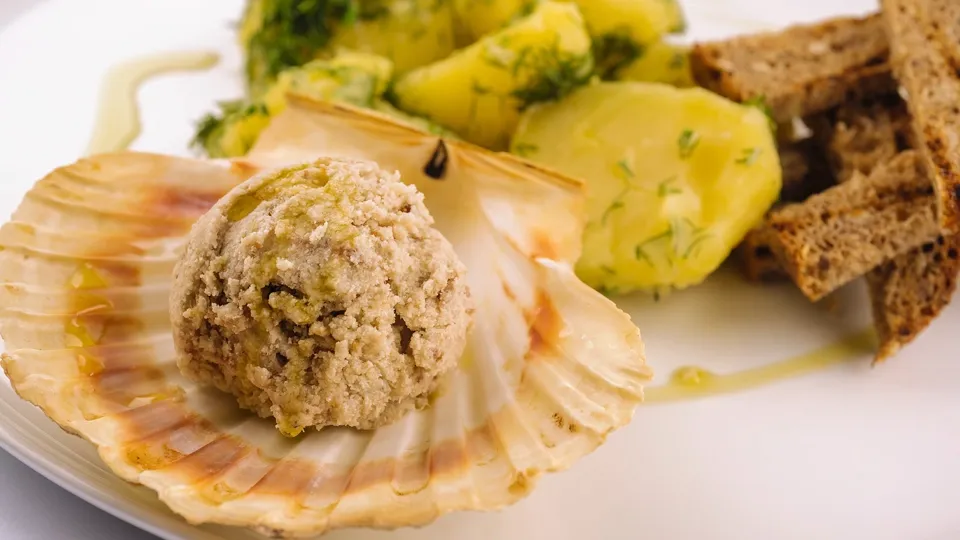
OTHER GALICIAN CULINARY DELIGHTS
While barnacles undoubtedly take center stage in Galician cuisine, there are other mouthwatering dishes that deserve attention. Let’s explore a few traditional favorites:
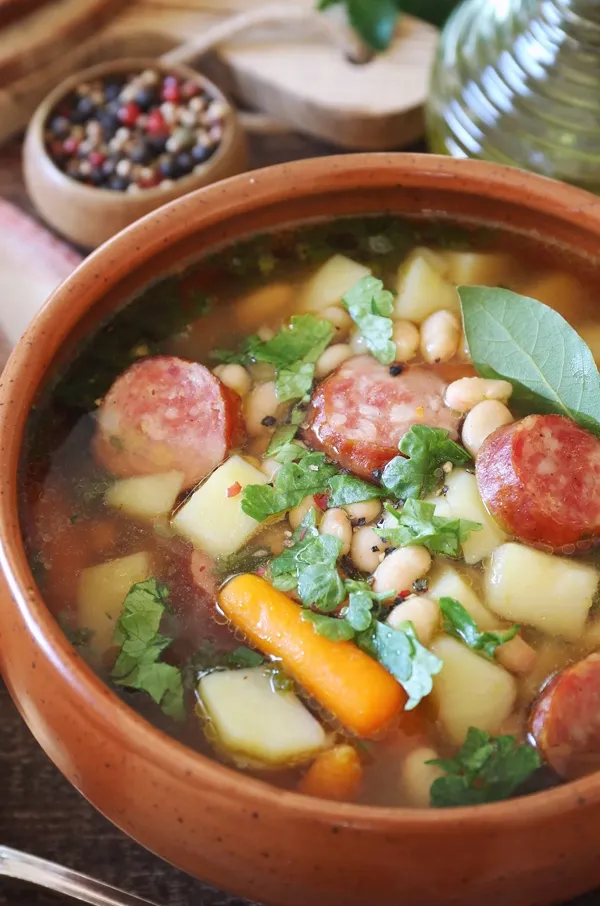
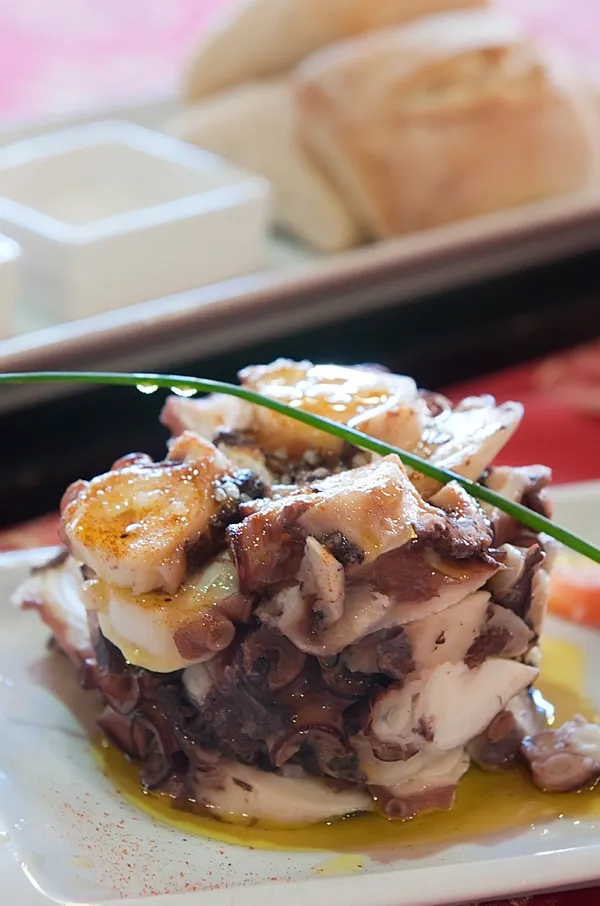
Galicia is a Gastronomic Haven
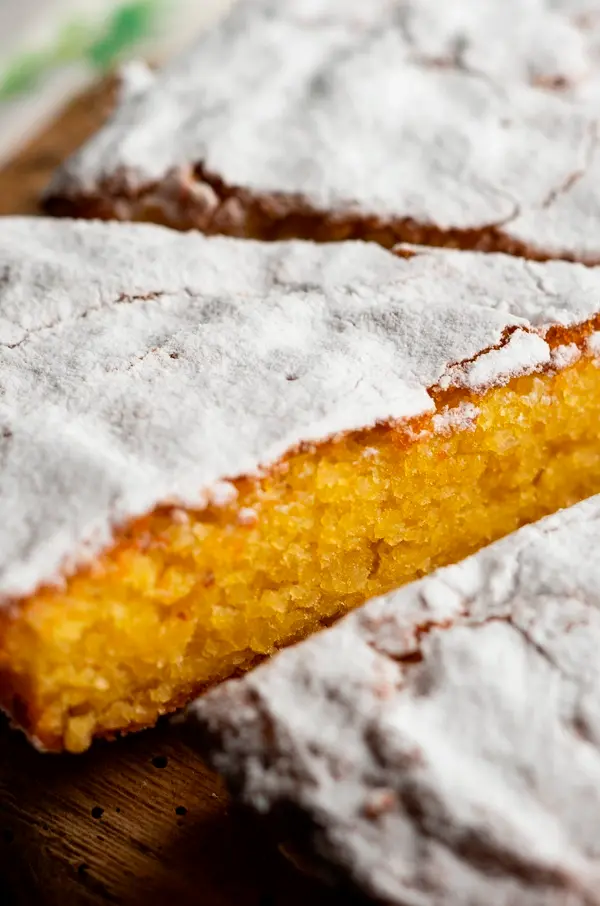
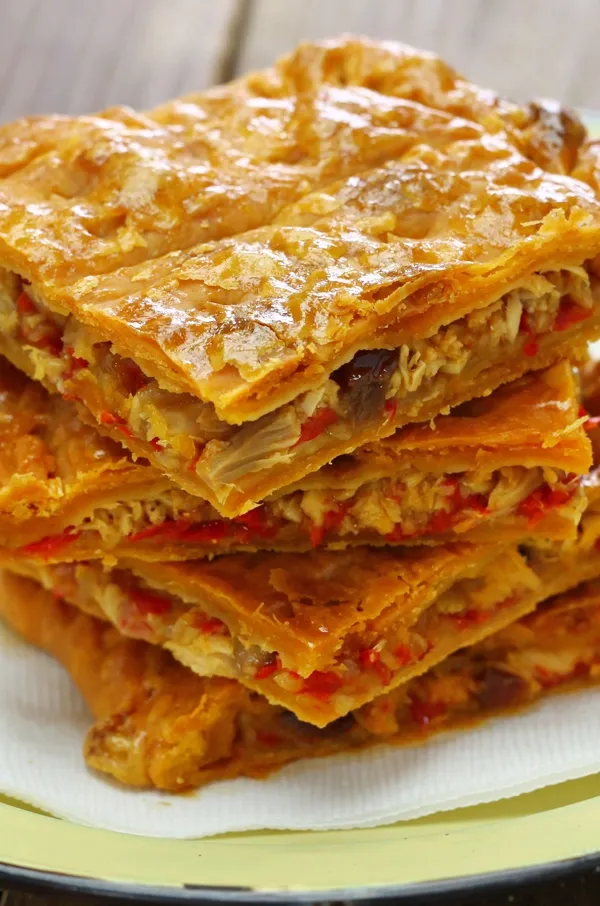
Imagine the sea kissing your palate with every bite
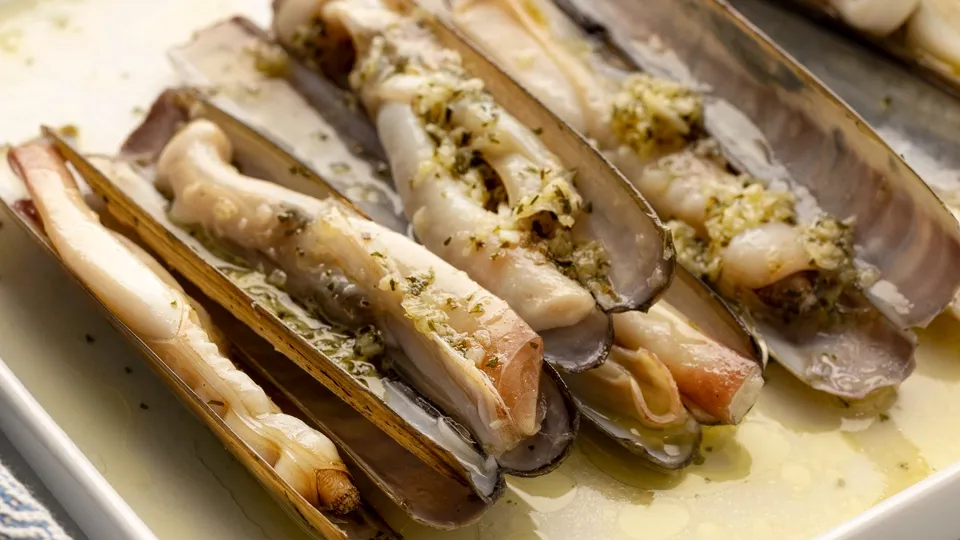
VISIT GALICIA: WHERE FOOD MEETS HEART
Galician cuisine is not merely about satisfying hunger, it’s about nourishing the soul. It’s about gathering around a table, sharing stories and laughter, and savoring the richness of life.
From the captivating barnacles to the array of traditional dishes, Galician cuisine offers a culinary experience like no other.
Whether you’re an adventurous foodie or simply looking to indulge in the finest flavors, Galicia is a gastronomic haven waiting to be explored.
Come and discover the flavors of Galicia, where every dish tells a story and every bite is a celebration of culinary excellence. Book your trip and let the flavors of Galician cuisine transport you to a gastronomic paradise!
